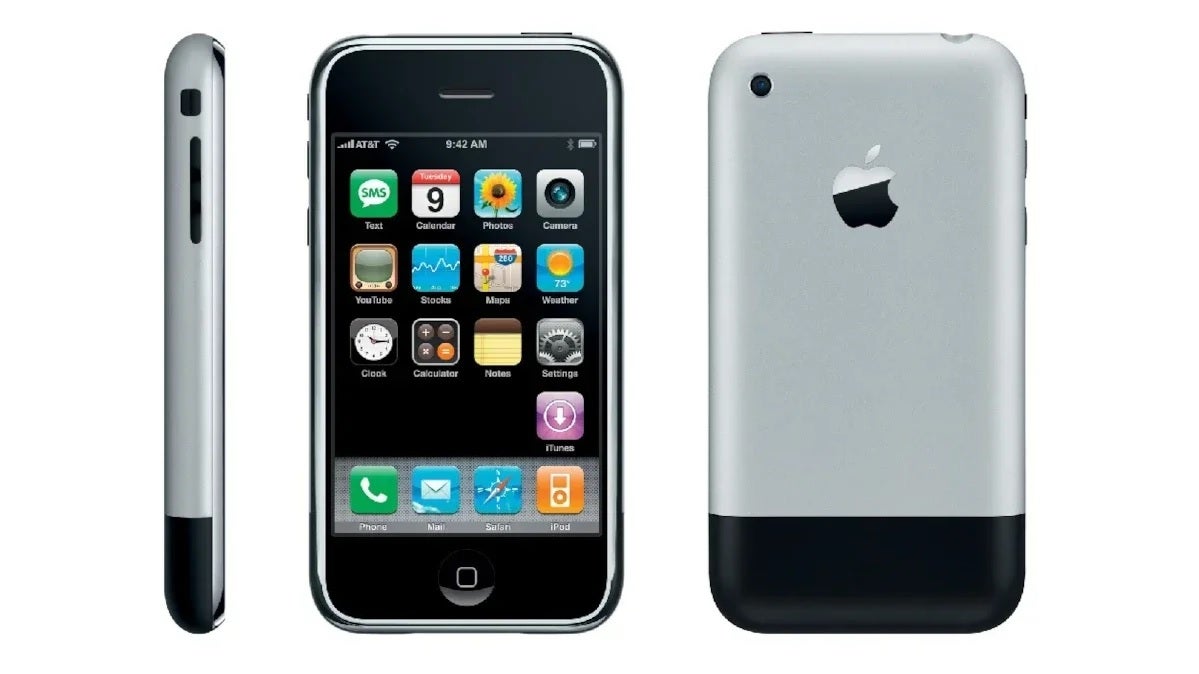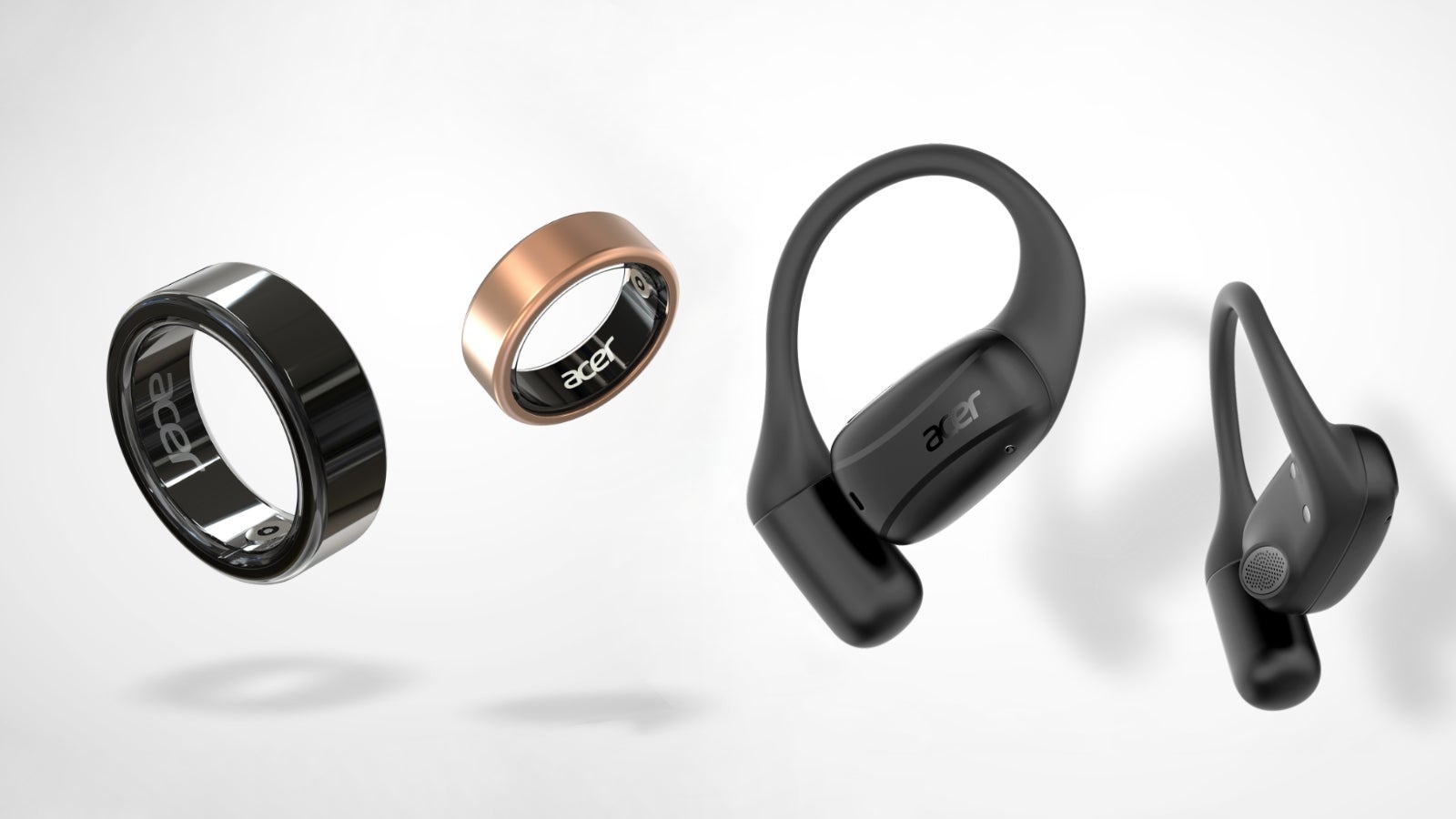Roman Axelrod, Founder and Managing Partner of XPANCEO – Interview Series
Roman Axelrod is the Founder and Managing Partner of XPANCEO. He has a background in building companies across computer vision, esports, and fintech, with experience expanding operations into Western Europe, the United States, and the Asia-Pacific region. Axelrod has negotiated and structured deals totaling over $5 billion and led three successful exits. XPANCEO is developing […] The post Roman Axelrod, Founder and Managing Partner of XPANCEO – Interview Series appeared first on Unite.AI.


Roman Axelrod is the Founder and Managing Partner of XPANCEO. He has a background in building companies across computer vision, esports, and fintech, with experience expanding operations into Western Europe, the United States, and the Asia-Pacific region. Axelrod has negotiated and structured deals totaling over $5 billion and led three successful exits.
XPANCEO is developing a next-generation smart contact lens that aims to replace traditional computing devices by seamlessly merging the real and digital worlds into a single extended reality experience. The company brings together leading scientists, engineers, and executives to push the boundaries of human-technology interaction beyond the limits of silicon-based systems. XPANCEO’s work is driven by a culture of innovation, excellence, and impact—focused on creating elegant, high-performance solutions that prioritize action, embrace challenges, and strive to make a meaningful difference for both people and the planet.
What inspired you to found XPANCEO, and what was the initial “aha” moment that convinced you smart contact lenses were the next frontier in computing?
For years, it was evident to me that our current computing devices — fragile, cumbersome, and aesthetically lacking — were relics of a bygone era. Think about it. It doesn’t take much to realize that they hold us back from fulfilling humanity’s loftiest ambitions, such as deeply exploring space and significantly extending human lifespans. Achieving such feats requires a technological leap, not mere incremental upgrades. Personally, I envision the next computer as something that, powered by AI, integrates seamlessly into our environment and can be effortlessly controlled with our minds.
This vision crystallized when I was 31, during a chaotic apartment renovation. My belongings were stacked haphazardly, obstructing the TV, rendering even simple pleasures like playing PlayStation impossible. Frustrated, I imagined projecting the game onto the ceiling, with WhatsApp open in one corner and Excel sprawled across the floor. That was the moment it struck me. The world needed an AI-powered XR device that had a revolutionary, ultimate form factor. Yet, for weeks, I grappled with identifying what that form factor could be.
That struggle created enormous despair. Until, one late night at the office — feeling mentally and emotionally drained, of course — I decided to head home, and as I walked down the corridor and mindlessly scrolled through Pinterest, an image of a female astronaut caught my eye. Her vivid eyes, framed by a helmet displaying a celestial scene with orbiting planets, completely captivated me. In that instant, it became clear. This device needed to be an elegant, weightless contact lens that could seamlessly blend into life. Overwhelmed by this realization, I sank to the office floor and began researching obsessively. That was the true genesis of XPANCEO.
XPANCEO’s mission goes far beyond wearable tech—it's about redefining human-computer interaction. How do you envision that transformation playing out over the next 5–10 years?
I am a firm believer in transhumanism — the integration of biology and technology to transcend our current limitations. This gains additional relevance because, when considering humanity’s ambitious goals for the next century — such as colonizing space or significantly extending our life expectancy — it is more than evident that our existing technology won’t suffice.
The fusion of humans and technology will, fundamentally and absolutely, redefine our capabilities. Over the next decades, as more companies blur the line between biology and technology, I foresee this integration enabling us to become a species with abilities far beyond our current state. This could potentially transform us into a truly interplanetary and enhanced civilization.
In this regard, we anticipate that our product will eventually become mainstream. While, initially, our target audience comprises individuals already accustomed to wearing contact lenses and the evident early-adopters, we project that our user base will grow from 15,000 in 2027 to 10 million by 2032.
Because of these high ambitions, safety remains our paramount concern. Given that our smart contact lens is a medical device, it must undergo rigorous regulatory approval processes before it can be worn by anyone. These processes encompass multiple phases, including evaluating biocompatibility and undergoing clinical trials in controlled environments. Similar to other medical developments, the lens is being extensively tested to ensure safety and efficacy. Without meeting stringent standards, it will not be able to reach the market.
However, these regulatory processes can be time-consuming, and our market availability timeline heavily depends on them. While we cannot specify an exact release year, we are actively pursuing the necessary approvals. We plan to commence pre-clinical trials for certain prototypes this year and aim to start testing the complete contact lens with all features by the end of 2026. Only after these trials are completed successfully will the lens be ready for market launch.
What are the core technological breakthroughs that make an invisible, weightless smart contact lens even possible today, when it was science fiction just a few years ago?
The materialization of our smart contact lens prototypes stems from a confluence of cutting-edge technologies and a paradigm shift in approach. Rather than miniaturizing components from existing devices, we’ve focused on implementing next-generation technologies specifically designed for ultra-small-scale applications.
However, it is not only about size. An even tougher challenge to crack is combining optical performance with transparency and functionality — all in something you can wear on your eye. Traditional materials can’t deliver that. You need something that can let light through like glass, guide it like fiber optics, and still carry electrical signals like a microchip. Here’s where 2D materials come in. Their extreme thinness gives them almost perfect transparency, while their optical properties — for instance, a high refractive index — let us manipulate lights in ways that simply weren’t possible before at this scale. These materials are essential for creating components that are small and lightweight enough to fit into a contact lens while maintaining high performance.
Another key element to consider is anisotropy, which is the ability of these materials to behave differently depending on the direction of light or current. It’s a bit like wood grain — it cuts easily one way and resists the other. We use this to build microscopic structures that can control light very precisely, enabling things like waveguides inside the lens — effectively roads for light — without distortion or scattering.
This marks a new era in material science, and it’s allowed us to solve problems that were previously thought impossible. How do you embed electronics in a transparent object? How do you shrink down optical systems without losing function? How do you make it all weightless, seamless, and wearable? Besides better engineering, you need better materials, and that’s what we’ve done.
This astonishing work is led by my co-founder, Dr. Valentyn Volkov. He is a globally recognized expert in nano-optics and nanophotonics. His insights, combined with AI-assisted design, have made it possible to build systems that are smaller, fundamentally smarter, and more efficient. This way, we’re completely reimagining what a contact lens can do and rewriting the science behind it, paving the way for myriad additional applications in any industry you can think of.
Your work relies heavily on advanced 2D materials and photonics. Could you walk us through the science behind how these lenses display information or process data?
Photonics is essential for image projection, particularly nanophotonics, given the minuscule scale involved. Placing an image source directly on the contact lens is extremely, extremely difficult, as the human eye can’t focus on such proximity. And there are two possible approaches: either projecting the image forward onto a plane where the eye can focus, or sending pre-focused light beams directly into the eye. First, we developed a solution that progressively reduces the external image source to a size comparable to smart glasses, projecting the image forward onto a plane where the eye can focus.
After, we’ve developed a new prototype where the image source is integrated directly into the contact lens. This employs a different optical system. Instead of projecting the image forward, it focuses light beams and directs them straight onto the retina, already focused. This process is known as collimation.
The smart lens, itself, is extremely compact, so we pair it with a companion device, which is approximately the size of a regular contact lens case. This device serves multiple functions — it charges the lens and handles data processing. This design allows the lens to remain lightweight while still supporting advanced features.
Last but not least, the innovative use of 2D materials enables us to integrate electronics into the lens without compromising its transparency or flexibility, something critical to make it both functional and comfortable for the wearer.
How does XPANCEO approach the challenge of miniaturization—especially fitting complex computing capabilities into something smaller than a grain of rice?
As I discussed earlier, at XPANCEO, we go beyond squeezing existing technologies into a smaller form factor. Rather than taking parts from larger devices, we focus on materials and technologies that are built for small-scale use from the get-go.
One of our key breakthroughs, as mentioned, has been the use of 2D materials. Because these are flexible and conductive, they are ideal for creating tiny, lightweight components that still perform at a high level.
Our scientific team, led by Dr. Volkov, has been combining these materials with advances in nanophotonics. By doing so, we’ve been able to design systems that operate efficiently even at a microscopic scale.
I must remark and emphasize that traditional tech, like what’s used in smartphones and laptops, is simply too bulky and inefficient for something the size of a contact lens. By using these next-generation materials, we’ve been able to break past those limitations, and develop something truly groundbreaking.
In your view, why is XR—especially immersive, real-time interaction—so critical for advancing artificial intelligence beyond current limitations?
The current state of AI has led to a lot of hype, but when it comes to real-world applications, we’re hitting a wall. Despite the promises of a revolution, general AI still struggles to adapt to the complexity of the real world. The models we rely on can quickly become outdated, since AI lacks real-time learning and human-like understanding of the context of the world. Even though we have more computational power than ever, we’re still, from my perception, not getting closer to achieving human-like intelligence.
Where AI excels, though, is in narrow, structured tasks. Things like chess, coding, or other problems that have clear rules and outcomes and are relatively easy to optimize. However, these capabilities don’t translate to more nuanced, day-to-day human challenges. For instance, automation breakthroughs are impressive, but they don’t make AI truly “intelligent,” for so to say, they simply make it better at one specific thing. I believe the core issue with this is that AI does not experience the world in the same way humans do. It operates based on raw data, not lived experiences. It is that simple.
This is where XR (extended reality) could be the missing link. By immersing AI in the real world — or at least a virtual world that mirrors it — XR can offer a way for AI to learn more dynamically. Unlike static datasets, XR creates an interactive environment where AI can engage and adapt in real time, building a kind of intuition that goes beyond raw data. The future of AI might not lie simply in building bigger models, but in giving these models the ability to learn from and interact with the world around them in a way that’s more akin to how humans learn.
Beyond health monitoring and content consumption, what are some of the most compelling use cases you foresee for XPANCEO’s smart lenses across industries?
XPANCEO’s smart lenses go far beyond health monitoring or content consumption. Our intention and vision is that they will redefine entire industries. By combining cutting-edge features like night vision, zoom, and real-time health tracking, these lenses will seamlessly integrate into daily life, enhancing routine tasks without disruption.
The potential impact extends to fields like automation, manufacturing, and fintech. In automation, for example, our lenses could enhance operational safety by providing real-time data. In fintech, biometric transactions become a reality, adding both security and ease to financial processes. For navigation, the lenses offer hands-free, context-aware guidance, which completely transforms how we interact with the world around us.
The benefits could even extend to space exploration. In fact, in this sector, the lenses offer a natural fit, giving astronauts instant access to mission-critical information. With 80% of astronauts already wearing contact lenses, this technology aligns seamlessly with their existing needs.
The medical possibilities are equally transformative. XPANCEO’s lenses can assist individuals managing diabetes, stress, dry eye syndrome, and strabismus. Furthermore, they can enhance vision for those who are visually impaired and offer color vision for the color-blind. In low-light environments, our lenses improve safety, while our affordable neural interface offers a way for individuals with paralysis to control the lenses non-invasively, making a significant difference in communication and accessibility, particularly for those with severe mobility impairments. This is another proof of the solid social impact we’re set to create.
Do you envision a future where your lenses could become the default computing interface—replacing smartphones entirely? What needs to happen for that to become reality?
The potential of smart contact lenses to become the next computing interface is undeniable. Their seamless integration into daily life makes them far more intuitive than today’s smartphones, eliminating the need for an additional device. Yet, I must say that even if smartphones fade into the background, other tools — such as speakers, controllers, and specialized devices — will continue to play essential roles across industries. This will be in a wide array of industries — automotive, aerospace, healthcare, and beyond.
Looking back at the evolution of computing, we’ve already seen how smartphones have transformed our lives by consolidating many tasks once reserved for desktop computers. But despite the rise of smartphones, desktop computers remain indispensable for certain tasks and functions. What smartphones did was make a new form of computing widely accessible, creating a standard that once seemed unimaginable.
In a similar way, smart contact lenses won’t replace everything. Instead, they will redefine the ways we interact with technology. It will continue to evolve into forms that enhance human capabilities, making what was once considered futuristic simply part of how we live and work. At the end of the day, technology is not only about replacing old tools. It is, at its core, about expanding the possibilities of how we experience the world.
XPANCEO talks about ‘inherent elegance’ and ‘embracing challenges.’ How do these values show up in day-to-day decision-making and product design?
Elegance, to us, is more than surface or aesthetic beauty — it is the essence of how every aspect of a company operates — how your team presents itself, how seamless your customer interactions are, and the pace at which support is delivered.
Take Apple, for instance. Their products and design principles radiate elegance in every corner of their operation — from the minimalism of their logo to the careful and sleek design of their stores. While our product may not mirror theirs, our philosophy is the same. We set out to create an experience that feels intuitive, cohesive, and effortlessly integrated into daily life.
As we navigate the rapidly evolving tech landscape, we recognize that innovation, especially at the cutting edge, often requires working through tough problems that can seem insurmountable. However, for us, these challenges are what propel us forward.
To address these, the method we rely on is rooted in hypothesis testing. We do not let the scale of a problem overwhelm us, we embrace it as a chance to explore myriad solutions. This iterative process, frequently, leads to unexpected breakthroughs and pushes the boundaries of what we can achieve.
In a world where digital interfaces are quite literally becoming part of our biology, how do you strike the right balance between augmentation and intrusion?
The role of technology in our lives is to enhance, not hinder. Gadgets — and all technological developments, for this matter — should improve how we live, not become an obstruction. Yet, as we push the boundaries of innovation, we face valid concerns about the potential for digital interfaces to become invasive. At XPANCEO, even if we’re still in the R&D phase, we’re already considering these challenges.
Take the smart contact lens, for example. The integration of a camera within the lens raises obvious privacy concerns, as well as the potential for misuse. There are jokes about students using it to cheat during exams and genuine concerns about XR features being activated in unsafe scenarios, like while driving or near the subway tracks. These are valid preoccupations that we take very seriously.
However, it’s important to remember that our smart contact lens is not simply an XR device. It is powered by AI, which means we can design the lens with built-in algorithms to ensure safety and respect for privacy. These algorithms can enforce necessary boundaries, ensuring that the technology remains within legal and ethical guidelines. For instance, just as we discourage texting while driving, the lens will be designed to restrict usage in dangerous scenarios, preventing distractions in context like driving or when near potentially hazardous environments.
While it is true that technology can never fully eliminate misuse — people still use smartphones in ways and situations they shouldn’t — the goal is to provide safeguards that encourage responsible usage. As these technologies evolve and become a more natural part of everyday life, public perception will likely shift. Devices like smart contact lenses will become less of an intrusion and more of an unobtrusive enhancement, seamlessly integrating into our lives while respecting both personal freedom and societal norms.
If XPANCEO achieves its full vision, how will the average person's relationship with technology change?
At the heart of XPANCEO’s mission is a desire to transform the very essence of how we interact with technology. My motivation, thus, is about reinventing the relationship between humans and the tech tools we use. I’m a firm believer that technology, at its best, has the potential to make us healthier, happier, and more effective in every aspect of life.
However, the current generation of gadgets falls short of fulfilling the profound ambitions we have for the future. At XPANCEO, we see what we are working on as the dawn of a new technological era, a future where technology seamlessly integrates into our lives as an invisible yet indispensable component, enhancing our capabilities and becoming an extension of our minds and bodies.
When we succeed, technology will not be something we simply “use,” but something we are. It will work in harmony with us to reach new dimensions of our potential that we hadn’t even imagined before. This shift will redefine what it means to live, and completely bolster the very core of who we are.
Thank you for the great interview, readers who wish to learn more should visit XPANCEO.
The post Roman Axelrod, Founder and Managing Partner of XPANCEO – Interview Series appeared first on Unite.AI.








![Epic Games: Fortnite is offline for Apple devices worldwide after app store rejection [updated]](https://helios-i.mashable.com/imagery/articles/00T6DmFkLaAeJiMZlCJ7eUs/hero-image.fill.size_1200x675.v1747407583.jpg)



























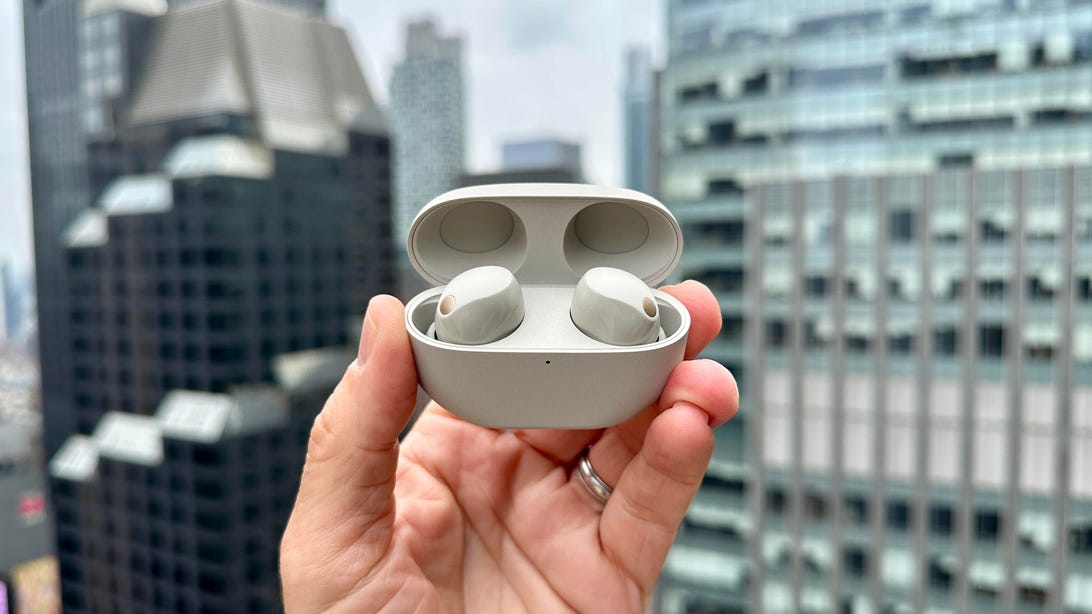



































































































































![[The AI Show Episode 146]: Rise of “AI-First” Companies, AI Job Disruption, GPT-4o Update Gets Rolled Back, How Big Consulting Firms Use AI, and Meta AI App](https://www.marketingaiinstitute.com/hubfs/ep%20146%20cover.png)

















































































































































































































































.png?width=1920&height=1920&fit=bounds&quality=70&format=jpg&auto=webp#)










![How to upgrade the M4 Mac mini SSD and save hundreds [Video]](https://i0.wp.com/9to5mac.com/wp-content/uploads/sites/6/2025/05/M4-Mac-mini-SSD-Upgrade-Tutorial-2TB.jpg?resize=1200%2C628&quality=82&strip=all&ssl=1)












![[Virtual Event] Strategic Security for the Modern Enterprise](https://eu-images.contentstack.com/v3/assets/blt6d90778a997de1cd/blt55e4e7e277520090/653a745a0e92cc040a3e9d7e/Dark_Reading_Logo_VirtualEvent_4C.png?width=1280&auto=webp&quality=80&disable=upscale#)






































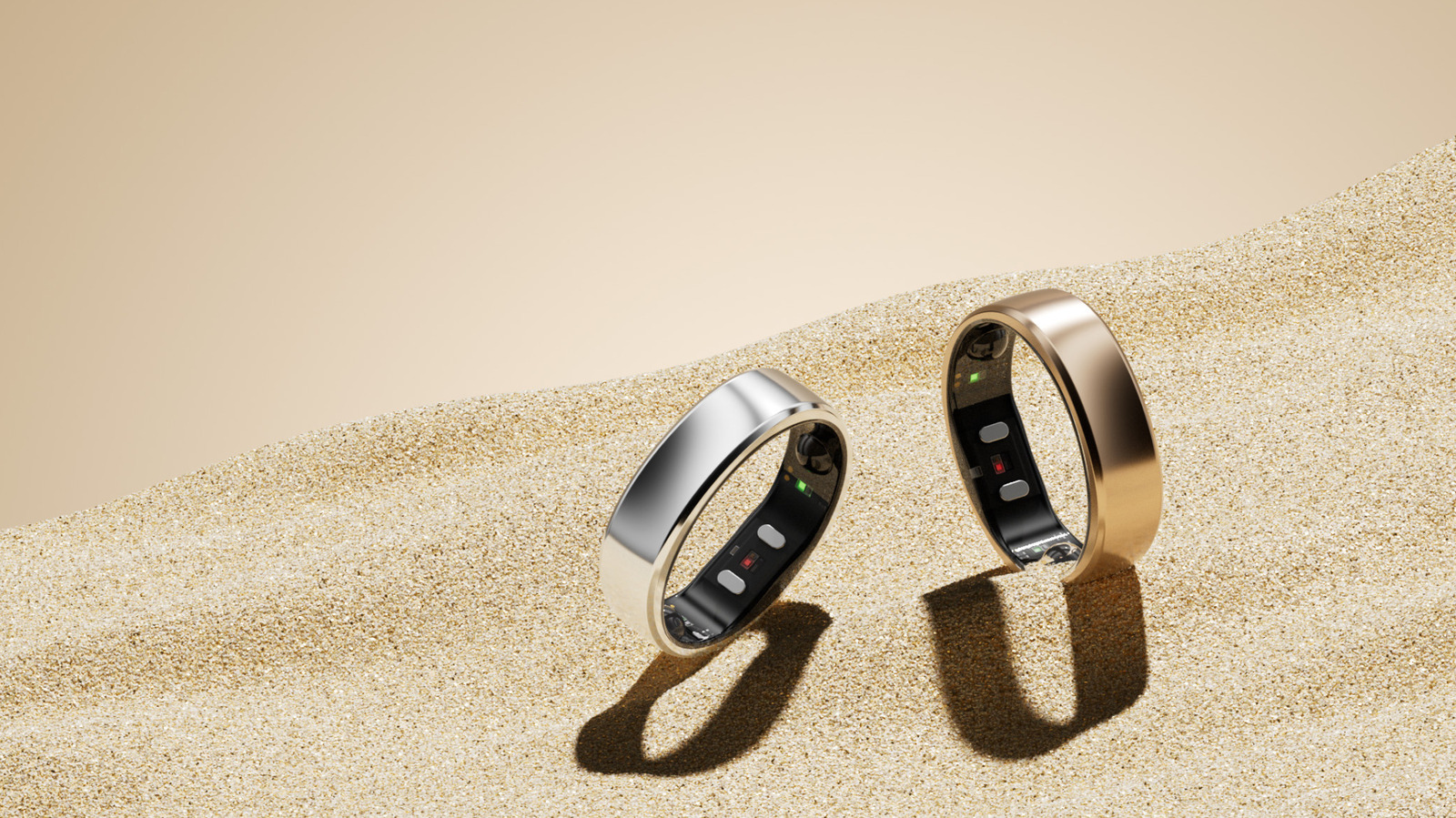







































-xl-(1)-xl-xl.jpg)






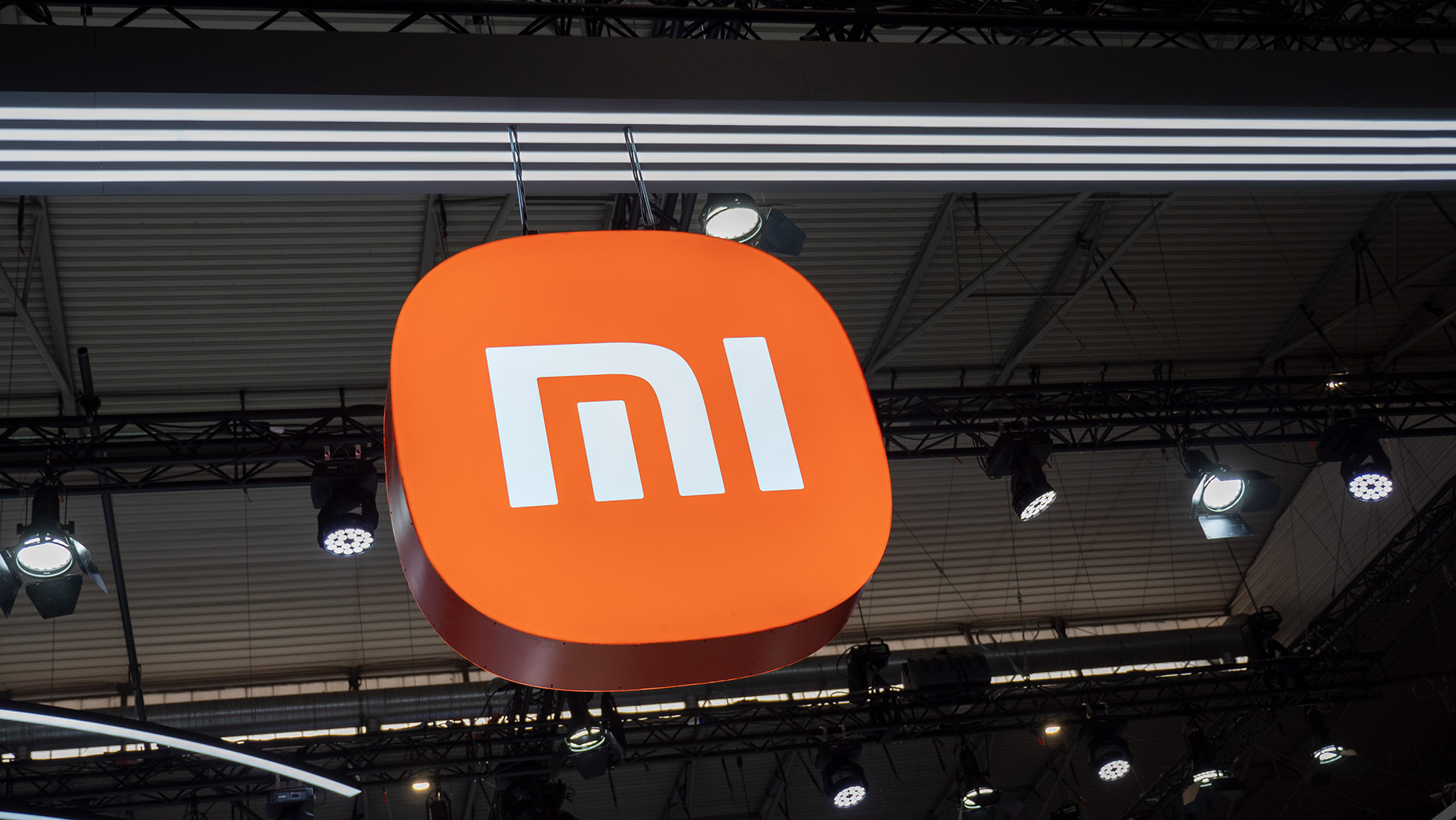



![‘Apple in China’ book argues that the iPhone could be killed overnight [Updated]](https://i0.wp.com/9to5mac.com/wp-content/uploads/sites/6/2025/05/Apple-in-China-review.jpg?resize=1200%2C628&quality=82&strip=all&ssl=1)




![What’s new in Android’s May 2025 Google System Updates [U: 5/16]](https://i0.wp.com/9to5google.com/wp-content/uploads/sites/4/2025/01/google-play-services-1.jpg?resize=1200%2C628&quality=82&strip=all&ssl=1)










![iPhone 17 Air Could Get a Boost From TDK's New Silicon Battery Tech [Report]](https://www.iclarified.com/images/news/97344/97344/97344-640.jpg)
![Vision Pro Owners Say They Regret $3,500 Purchase [WSJ]](https://www.iclarified.com/images/news/97347/97347/97347-640.jpg)
![Apple Showcases 'Magnifier on Mac' and 'Music Haptics' Accessibility Features [Video]](https://www.iclarified.com/images/news/97343/97343/97343-640.jpg)
![Sony WH-1000XM6 Unveiled With Smarter Noise Canceling and Studio-Tuned Sound [Video]](https://www.iclarified.com/images/news/97341/97341/97341-640.jpg)










































![Apple Stops Signing iPadOS 17.7.7 After Reports of App Login Issues [Updated]](https://images.macrumors.com/t/DoYicdwGvOHw-VKkuNvoxYs3pfo=/1920x/article-new/2023/06/ipados-17.jpg)

![Apple Pay, Apple Card, Wallet and Apple Cash Currently Experiencing Service Issues [Update: Fixed]](https://images.macrumors.com/t/RQPLZ_3_iMyj3evjsWnMLVwPdyA=/1600x/article-new/2023/11/apple-pay-feature-dynamic-island.jpg)




